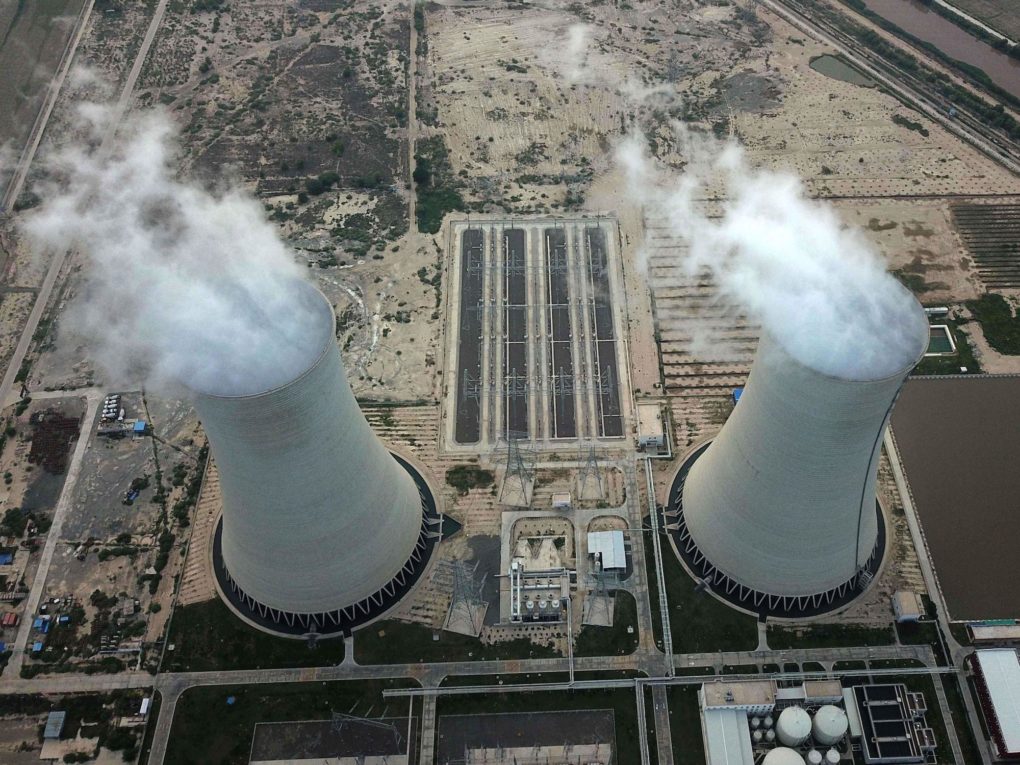Energy Update
20 GW of hydropower added globally in 2020, IEA says

The International Energy Agency’s latest Renewable Energy Market update finds that renewable capacity additions in 2020 reached almost 280 GW, up 45% from the 190 GW in 2019 and the largest year-on-year increase since 1999.
This was comprised primarily of solar and wind, with around 135 GW and 115 GW of capacity respectively, along with 20 GW of hydro and about 10 GW of other renewables, led by bioenergy.

Policy deadlines in China, the U.S. and Vietnam were behind this boom, according to the IEA report.
China was responsible for over 80% of the increase, as onshore wind and solar PV projects contracted under the former feed-in tariff scheme and those awarded in previous auctions had to be connected to the grid by the end of 2020. In the U.S., wind developers rushed to complete their projects before the expiration of the production tax credit, although it was extended for another year. In Vietnam, phaseout of the feed-in tariff for solar PV projects led to an unprecedented rush in commercial and residential installations.

Nevertheless, these levels are expected to be maintained, with 270 GW of renewables projected to become operational in 2021 and 28 0GW in 2022. With this expansion, renewables are expected to account for 90% of total global power capacity increases in both 2021 and 2022.
Solar and wind will continue to dominate the mix, with hydro expected to reach 30GW to 35GW in 2021 and 2022 and other renewables staying around the 10 GW mark.
“Wind and solar power are giving us more reasons to be optimistic about our climate goals as they break record after record. Last year, the increase in renewable capacity accounted for 90% of the entire global power sector’s expansion,” commented Fatih Birol, executive director of IEA.
“Governments need to build on this promising momentum through policies that encourage greater investment in solar and wind, in the additional grid infrastructure they will require, and in other key renewable technologies such as hydropower, bioenergy and geothermal. A massive expansion of clean electricity is essential to giving the world a chance of achieving its net zero goals.”
IEA notes that the forecasts have been revised upwards by more than 25% from its previous estimates in November as governments around the world have auctioned record levels of renewable capacity and companies have signed record-level power purchase agreements.
Conversation
- Info. Dept. Reg. No. : 254/073/74
- Telephone : +977-1-5321303
- Email : [email protected]














